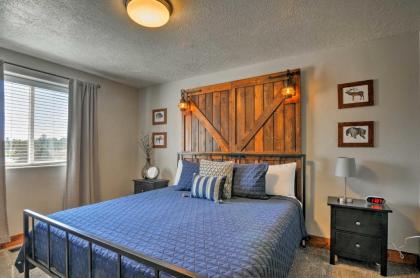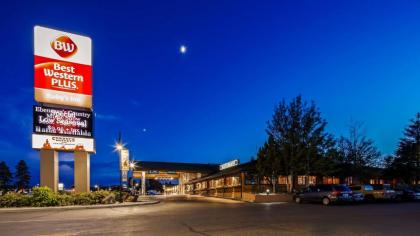A Guide to the Bryce Canyon National Park

Bryce Canyon National Park awaits you with its stunning hoodoos and breathtaking landscape!
Bryce Canyon National Park, located in southern Utah, is one of the state’s five largest national parks and a true geological wonder. Famous for its hoodoos—towering rock spires carved over millions of years by wind and water—this park is unlike any other. Instead of one massive canyon, Bryce is made up of a series of natural amphitheaters, each offering spectacular views that shift in color as the light changes throughout the day.
Known as a hiker’s paradise and celebrated worldwide as a designated Dark Sky Park, Bryce draws adventurers and stargazers from across the globe. By day, visitors can explore iconic trails like the Rim Trail, Fairyland Loop, and Mossy Cave Trail, or take in sweeping vistas at sunrise and sunset. By night, the park transforms into one of the best stargazing spots on Earth, where the Milky Way stretches overhead in dazzling clarity. Camping under these skies is an unforgettable experience.
If you’re planning a visit, you’re in the right place. This ultimate guide will walk you through the best time to go, how to get around, and the top things to do in Bryce Canyon National Park. Keep reading—and get ready to be amazed!
When to Visit Bryce Canyon National Park

The time between June and September is the ideal time to visit Bryce Canyon National Park. The temperature during these months is pleasant—around 79 degrees Fahrenheit, thanks to its greater elevation, compared to 90 degrees Fahrenheit in the neighboring Zion National Park.
Visiting Bryce Canyon in winter is also great, as visitors can experience its fairy-chimneys dusted with powdered snow, creating an enchanted experience. (Think: nature’s own holiday decorations.) However, some paths may be closed during winter.
How Long to Stay & When to Go to Bryce Canyon
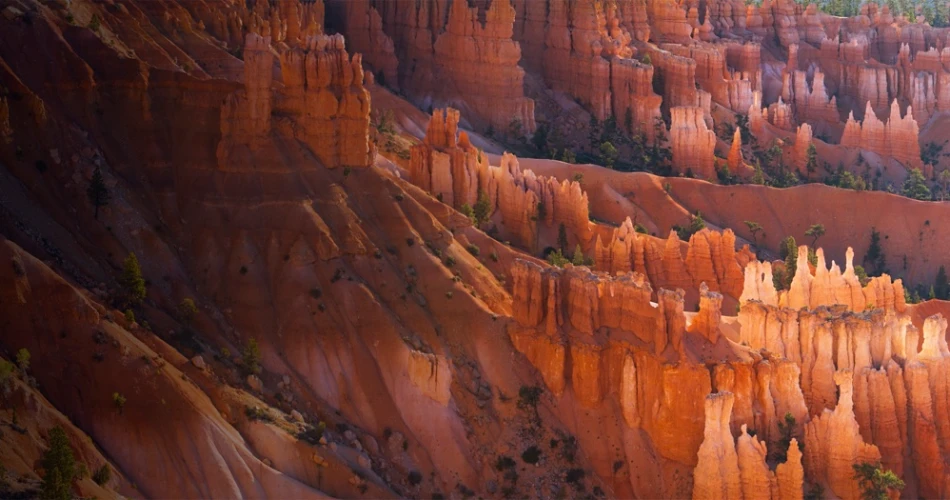
The ideal duration for visiting this National Park in America is one to two days, giving you enough time to explore its vast beauty. You can also take a day trip from Zion National Park, which is approximately 80 miles away and about a 1.5-hour drive.
Sunrise and dusk are the most magical times to visit, when the amphitheater of rock pillars appears to be set ablaze in golden and red hues. At night, the skies over Bryce Canyon are just as breathtaking, offering stargazing opportunities unlike anywhere else. On a clear night, you can spot the Milky Way and even glimpse the Andromeda Galaxy—around 2.5 million light-years away. (Not bad for a naked-eye view!)
How to Get Around Bryce Canyon National Park
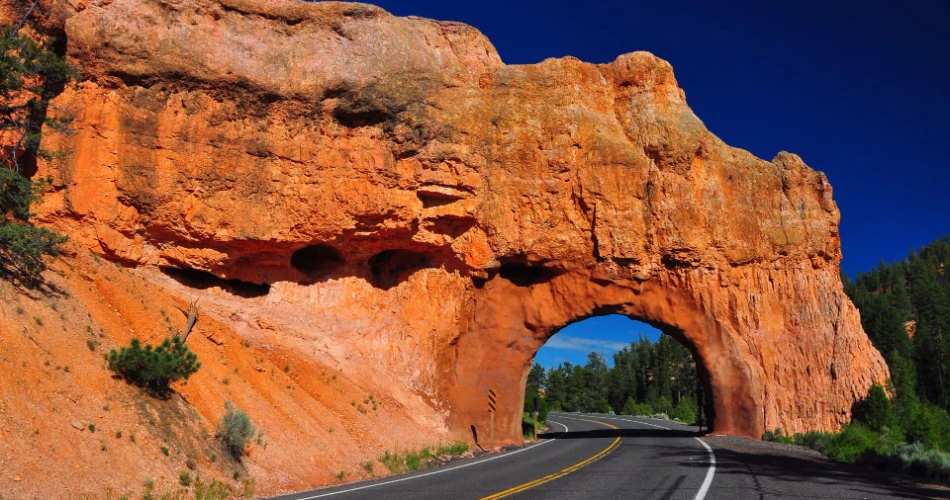
Bryce Canyon National Park is easily accessible by automobile, and it is situated near many major towns and airports, including:
- St. George Regional Airport (2.5 hours)
- Salt Lake City International Airport (4 hours)
- Las Vegas Harry Reid International Airport (4.5 hours)
Shuttle services are provided inside the park to transport visitors to different locations. They’re free to use, and reservations are not needed. Visitors are also permitted to drive their own cars in the park and are not required to take the shuttle. Moreover, you can also travel by bike to the main trailheads of the park—a terrific way to move around (and skip the parking hassle).
Things to Do in Bryce Canyon National Park
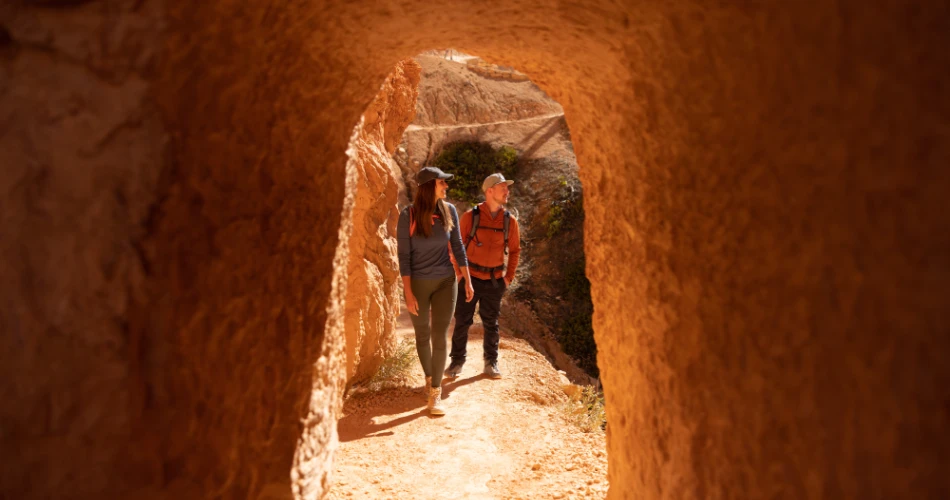
Bryce Canyon is packed with adventures—from easy rim walks and challenging hoodoo hikes to stargazing under some of the darkest skies in the world. Whether you’re chasing sunsets, exploring trails, or simply soaking in the views, there’s something here for everyone.
Trek the Rim Trail

Rim Trail is one of the simplest walks in Bryce Canyon. It follows the upper edge of the plateau, connecting many overlooks and providing a glimpse of the bowl of hoodoos below. These viewpoints can be reached by automobile, or you can walk a brief distance along the Rim Trail to enjoy the view in peace.
Hike the Queen’s Garden to Navajo Loop Combination Trail
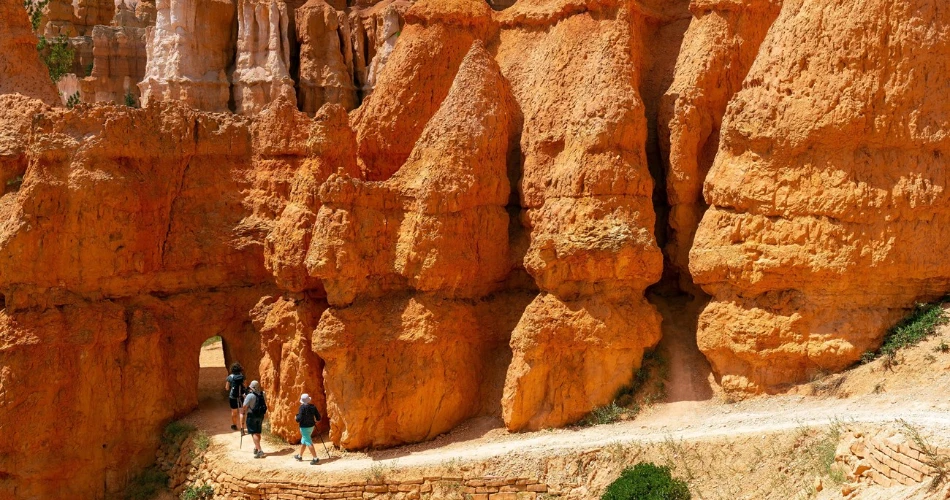
The Queen’s Garden to Navajo Loop Combination Trail is a well-liked 2.9-mile journey that allows you to descend into the Bryce Amphitheater and see the park’s renowned hoodoos up close. It passes through Bryce’s defining features in a short distance and includes an array of switchbacks between towering ocher-colored canyon walls. About one mile in, you’ll encounter the rock formation that resembles Queen Victoria. Moving further, you’ll come across unique hoodoos such as the famous Thor’s Hammer. Before reaching the amphitheater rim, don’t miss Wall Street, a deep slot canyon situated on the Navajo Loop Route.
Explore the Fairyland Loop
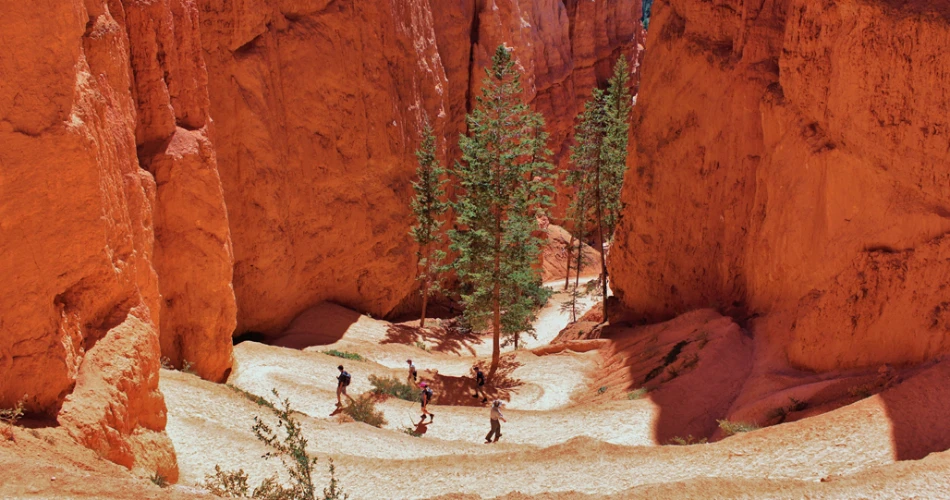
The Fairyland Loop is an 8-mile trek with 1,900 feet of elevation gain; a more difficult hiking option compared to other trails in Bryce Canyon. This route takes you through bristlecone trees clinging to the cliffs, valleys, ridges, and around tall hoodoos.
Take in the Sunset or the Sunrise
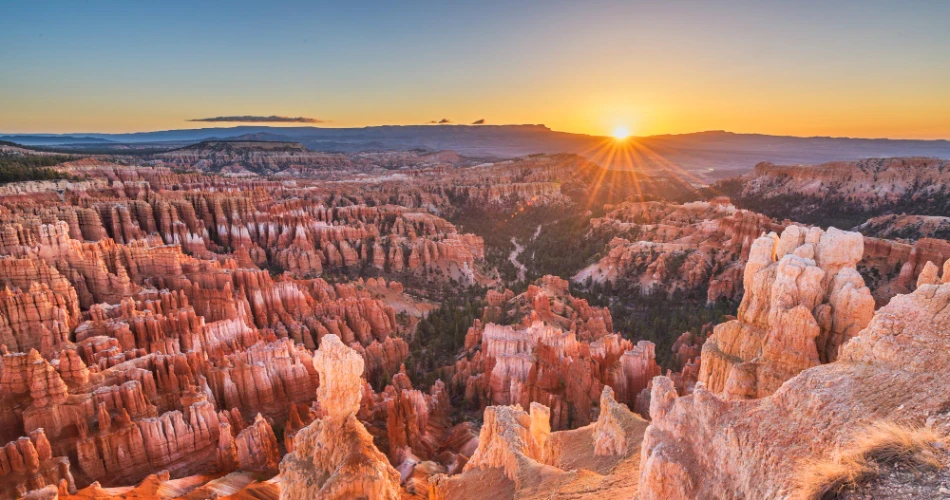
Enjoying sunrise at Bryce Canyon is a one-of-a-kind experience. You’ll observe the sun lighting up the hoodoos in dark blue, then purple, then pink, and finally a bright orange glow. To witness this, take a stroll between Sunrise and Sunset Point during the best hours. Sunset is equally spectacular—no filters needed.
Do Stargazing
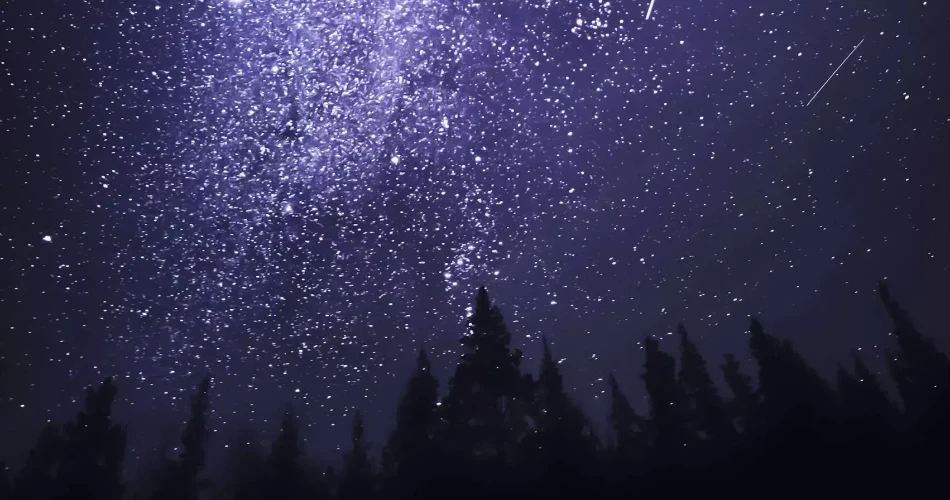
Visiting Bryce Canyon at night is a must, since it’s a designated Dark Sky Park where you’ll see more stars than almost anywhere else. You’ll have an excellent chance of spotting the Milky Way Galaxy and even the Andromeda Galaxy with the naked eye. The park also offers guided full moon hikes, where visitors are led by moonlight alone through the eerie hoodoos. (Yes, it’s spooky—in the best way.)
Hike the Mossy Cave Trail
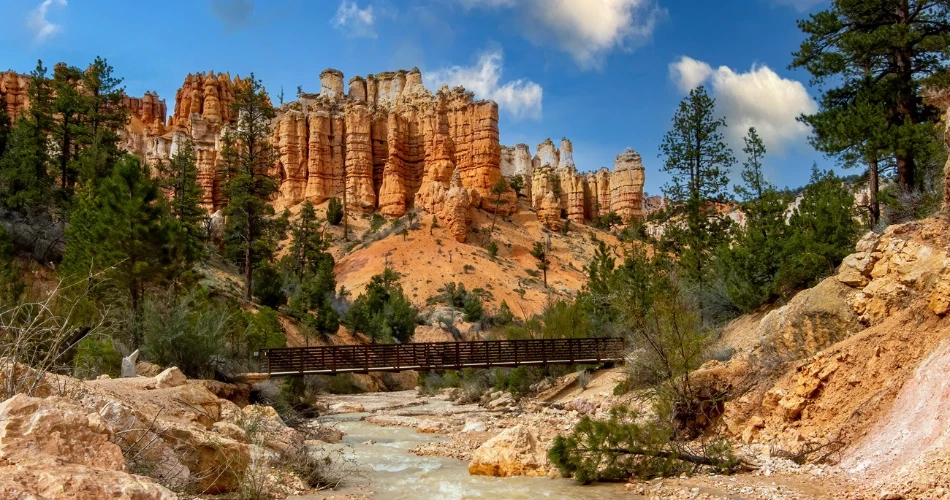
Mossy Cave Trail is located along Highway 12, just beyond the main park entry. It’s a short 0.8-mile walk. In winter, icicles fill the cave, while in summer, moss grows here, making it the only spot in Bryce Canyon where brilliant red cliffs contrast with green vegetation. Continue further and you’ll also find a small, scenic waterfall.
Trek the Peek-a-boo Trail
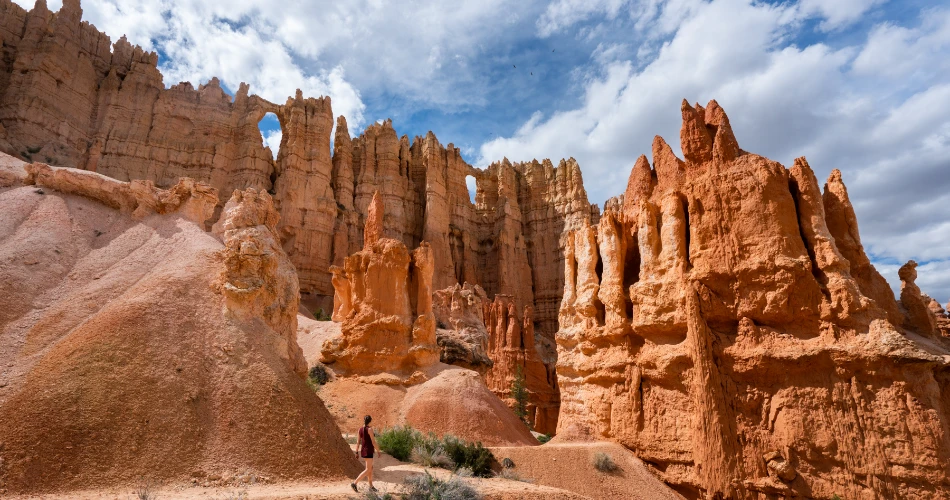
Peek-a-boo Trail is a 5.5-mile route suitable for both hikers and horseback riders. It begins and ends at Bryce Point, with an elevation gain of 1,571 feet. After the steep drop into the canyon, the loop section starts. As you make your way through the hoodoos, don’t forget to look out for famous formations like the Wall of Windows—a breathtaking sight.
Hike the Sunset to Sunrise Point Trail

Sunset to Sunrise Point is a well-paved 0.5-mile route overlooking the amphitheater of hoodoos. It provides stunning panoramas and is ideal for those who cannot trek into the canyon due to steep drops. Think of it as a quick “express pass” to Bryce’s beauty.
Some of the top hotels near Bryce Canyon National Park are:




